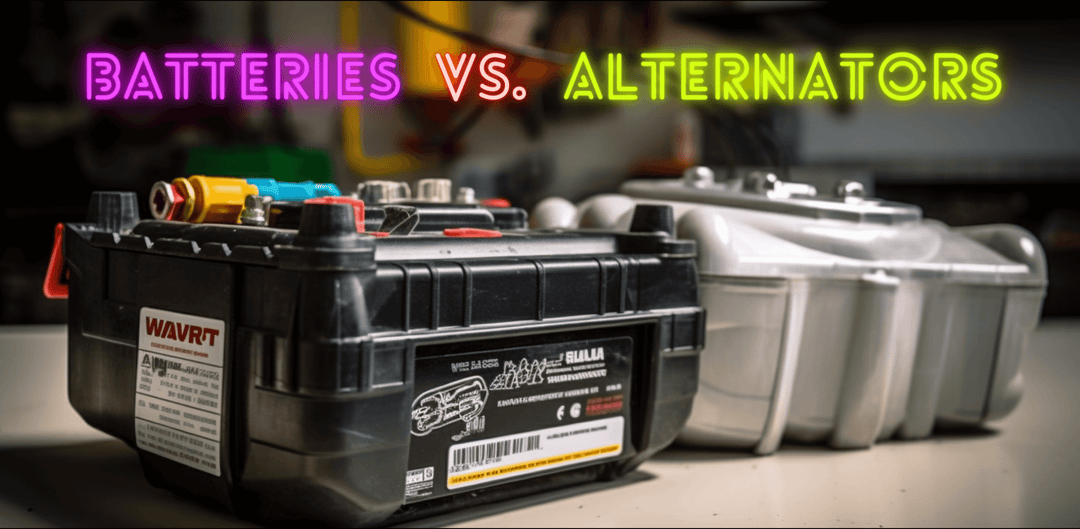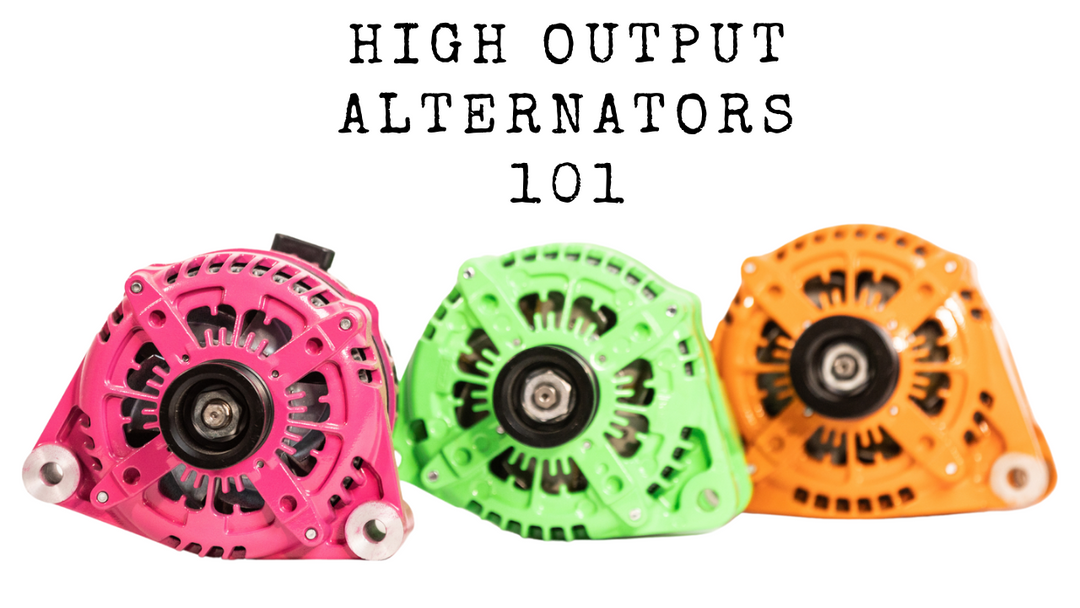Dodge, Chrysler, Jeep PCM High Output Alternator Charging Explained
In this article, we’ll discuss what exactly the PCM high output alternator does in Dodge, Chrysler, and Jeep vehicles and why they must stay functional. We’ll also look at common symptoms associated with malfunctioning PCMs and how they should be diagnosed and repaired correctly.
Finally, we’ll explore preventive measures drivers can take to avoid potential problems down the line. By understanding these components better, car owners can ensure their vehicles run safely and efficiently!
Overview Of The Chrysler, Dodge, And Jeep Charging System
A few critical components need to be considered regarding the charging system for Chrysler, Dodge, and Jeep vehicles.
The voltage regulator is one of the most critical parts because it monitors how much power goes through the electrical system.
In addition, the Powertrain Control Module (PCM) helps regulate the charging system voltage.
When diagnosing any charging system problems with these cars, it’s always recommended to start by checking the alternator output first.
High-output alternators might also be required due to higher electrical loads from factory-installed equipment or aftermarket accessories.
A poor connection at either end of the battery cable can also cause low voltage readings.
It’s essential to keep an eye on all of these factors when dealing with potential issues related to your vehicle’s charging system.
Chrysler, Dodge, And Jeep Alternator Design
Chrysler, Dodge, and Jeep vehicles have a high-output alternator designs. The main difference between the standard alternator on these models is its capacity to produce an increased voltage output. This higher voltage output allows for improved electrical system performance in the vehicle.
The alternator consists of three components: a pulley that turns with the engine, terminals connected to both the battery and other accessories such as headlights, and an internal regulator that controls the amount of electricity generated by the alternator.
Depending on the model, Chrysler, Dodge, and Jeep alternators can generate anywhere from 75-200 amps at idle, depending on load requirements. With this power output level, it’s essential to ensure proper installation so as not to overcharge the battery or damage any electronics in your vehicle.
To do this properly requires using specialized wiring equipment designed specifically for each make and model. Ensuring proper installation will help maximize your car’s charging capabilities while keeping you safe from potential electrical hazards.
Voltage Regulation Electronics In The Charging System
The PCM-controlled charging system in Dodge, Chrysler, and Jeep vehicles is critical to maintaining the battery at its optimal voltage level. This ensures that your engine’s performance can be maintained without problems such as a dead battery or electrical issues.
The ECU helps regulate the current drawn from the alternator during periods of high load, reducing any potential voltage drops by controlling when and how much charge goes into the battery.
An effective pcm-controlled charging system also increases fuel efficiency since extra power won’t be used for unnecessary activities like recharging a weak battery. In addition, it reduces stress on other components involved with powering your vehicle due to more consistent levels of electricity flowing through them.
When everything runs smoothly, you will have better reliability than dealing with a traditional unregulated charging system.
Conclusion
The Chrysler, Dodge, and Jeep charging system is a complex but necessary components of their vehicles. Understanding how the different designs work together for proper charging output and voltage regulation is essential.
Automotive technicians can adequately diagnose issues quickly and accurately by understanding each part of the system - from the alternator design to the voltage-regulating electronics.
This knowledge helps ensure that all Chrysler, Dodge, and Jeep vehicles run at peak performance levels.




